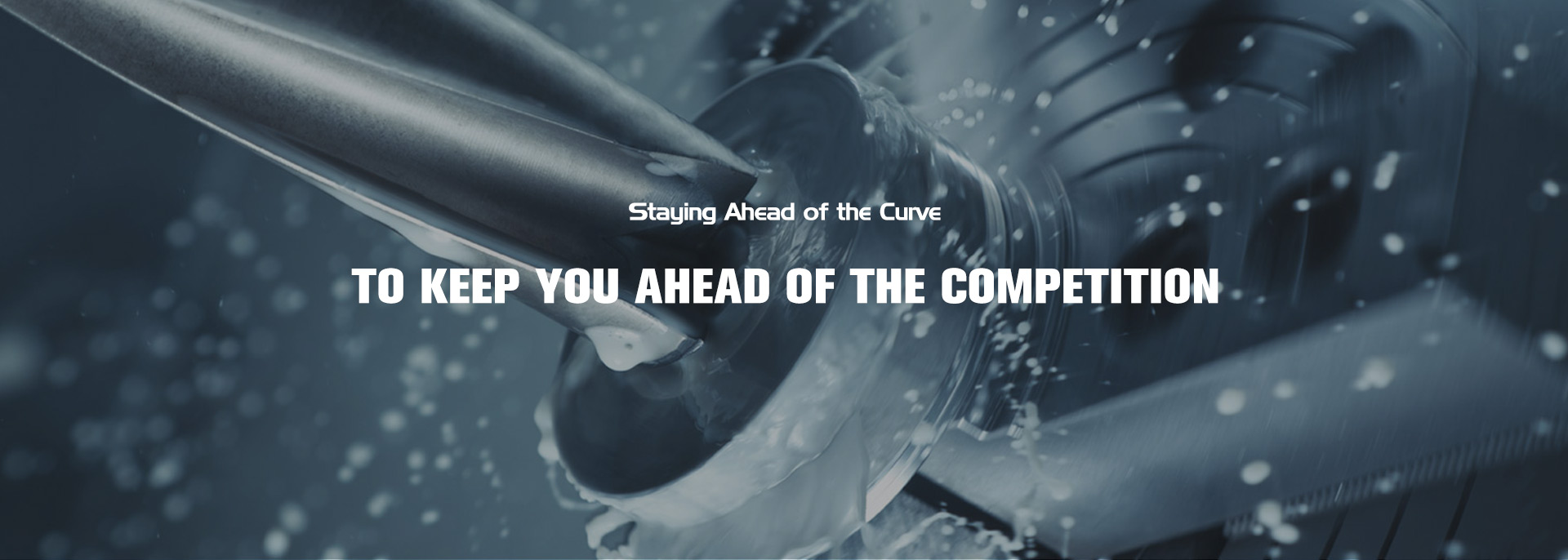Choosing the Right O-Ring for Power Steering Hose Fittings in Automotive Applications
Understanding O-Ring Power Steering Hose Fittings
Power steering is an integral part of modern automotive engineering, providing drivers with enhanced control and ease in steering their vehicles. At the heart of this system are various components, including hoses and fittings that facilitate hydraulic fluid transfer. Among these components, O-ring power steering hose fittings play a crucial role in ensuring the efficiency and reliability of the power steering system.
What Are O-Ring Power Steering Hose Fittings?
O-ring power steering hose fittings are specialized connectors designed to join hoses in the power steering system. They utilize O-rings—a circular sealing element made of rubber or synthetic materials—to create a leak-proof seal between the fitting and the hose. This design is essential because the power steering system operates under high pressure, and any leaks could lead to diminished steering performance and potential damage to the vehicle.
The O-ring is placed in a groove on the fitting, providing a tight seal when the fitting is tightened to the hose. This configuration not only prevents fluid leaks but also allows for some flexibility in the system, as the O-ring can accommodate minor misalignments during installation.
The Importance of O-Ring Fittings in Power Steering Systems
1. Leak Prevention The primary function of O-ring fittings is to prevent hydraulic fluid leaks. The high pressure in power steering systems can lead to significant fluid loss if there are any failures in the sealing mechanism. O-ring fittings are designed to withstand these pressures, ensuring that the fluid remains contained within the system.
2. Durability and Reliability O-rings are made from materials such as nitrile rubber, silicone, or fluorocarbon, which provide excellent resistance to heat, oils, and various fluids. This durability ensures that O-ring fittings can perform effectively over time, reducing the frequency of replacements and maintenance costs.
o ring power steering hose fittings

3. Ease of Installation O-ring fittings often simplify the installation process. They can typically be assembled without the need for special tools, allowing mechanics to quickly connect and disconnect hoses. This ease of use is particularly advantageous during routine repairs or when replacing components within the power steering system.
4. Versatility O-ring power steering hose fittings are available in various sizes and configurations to accommodate different types of vehicles and steering systems. This versatility allows them to be effectively used in a wide range of automotive applications, making them a standard choice in the industry.
Maintaining O-Ring Fittings
Proper maintenance of O-ring power steering hose fittings is essential to ensure their longevity and effectiveness. Here are some tips
- Regular Inspections Check for any signs of wear or damage to the O-rings and fittings during routine maintenance. Look for cracks, hardening, or deformation, which can indicate that the O-rings need replacing. - Fluid Quality Ensure that the hydraulic fluid used in the power steering system is of good quality and free from contaminants. Poor-quality fluid can degrade O-rings over time.
- Correct Installation When installing new O-rings or fittings, ensure they are properly aligned and tightened. Over-tightening can damage the O-ring, while under-tightening may lead to leaks.
Conclusion
O-ring power steering hose fittings are a critical component of the power steering system, providing essential functions such as sealing and connecting hoses under pressure. Their reliability, ease of installation, and durability make them a preferred choice in the automotive industry. By understanding their importance and maintaining them properly, vehicle owners can ensure that their power steering systems operate smoothly and efficiently for years to come.
-
Ultimate Spiral Protection for Hoses & CablesNewsJun.26,2025
-
The Ultimate Quick-Connect Solutions for Every NeedNewsJun.26,2025
-
SAE J1401 Brake Hose: Reliable Choice for Safe BrakingNewsJun.26,2025
-
Reliable J2064 A/C Hoses for Real-World Cooling NeedsNewsJun.26,2025
-
Heavy-Duty Sewer Jetting Hoses Built to LastNewsJun.26,2025
-
Fix Power Steering Tube Leaks Fast – Durable & Affordable SolutionNewsJun.26,2025

